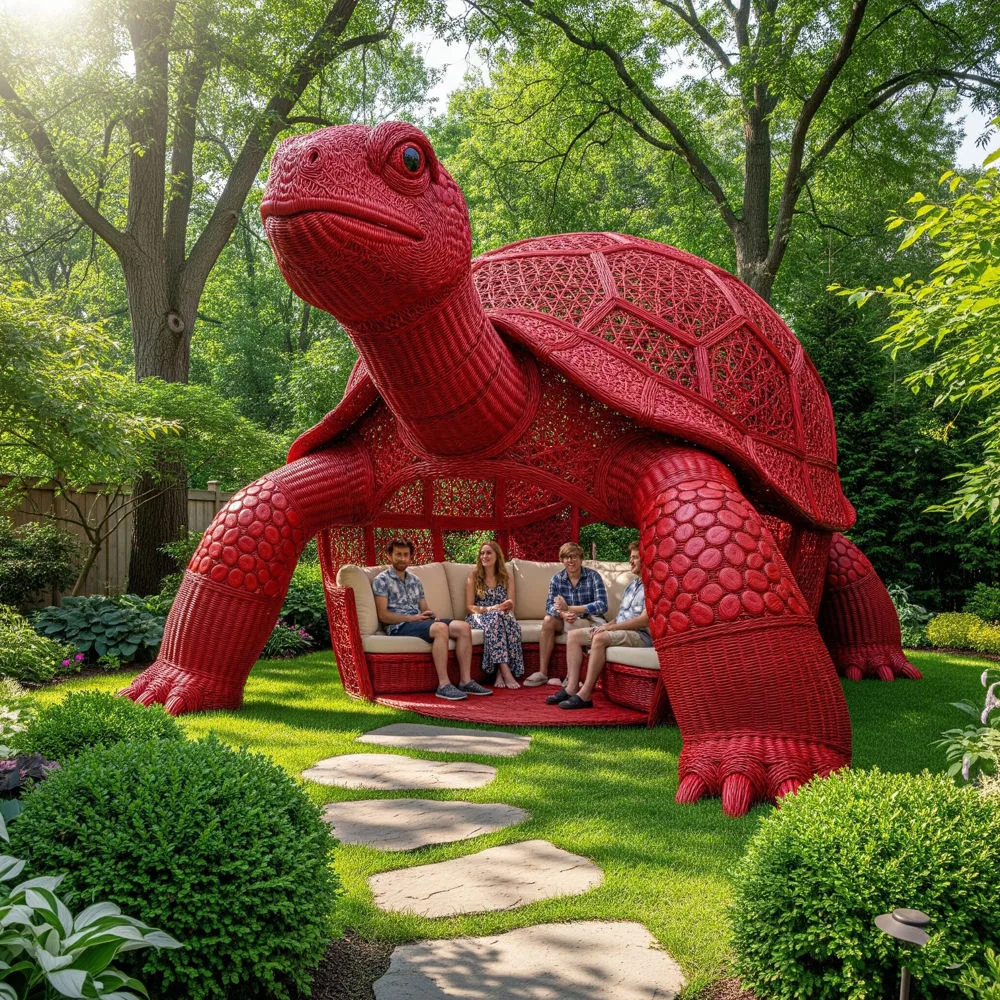When it comes to creating memorable outdoor spaces that spark joy and encourage social interaction, few design elements are as captivating as a giant turtle shaped seating area. This innovative furniture concept combines functionality with whimsy, transforming ordinary outdoor spaces into extraordinary gathering spots that appeal to visitors of all ages. Whether you’re designing a public park, planning a backyard renovation, or creating a themed entertainment venue, incorporating turtle inspired seating can add a unique focal point that becomes the heart of your outdoor environment.
The Growing Popularity of Themed Outdoor Seating
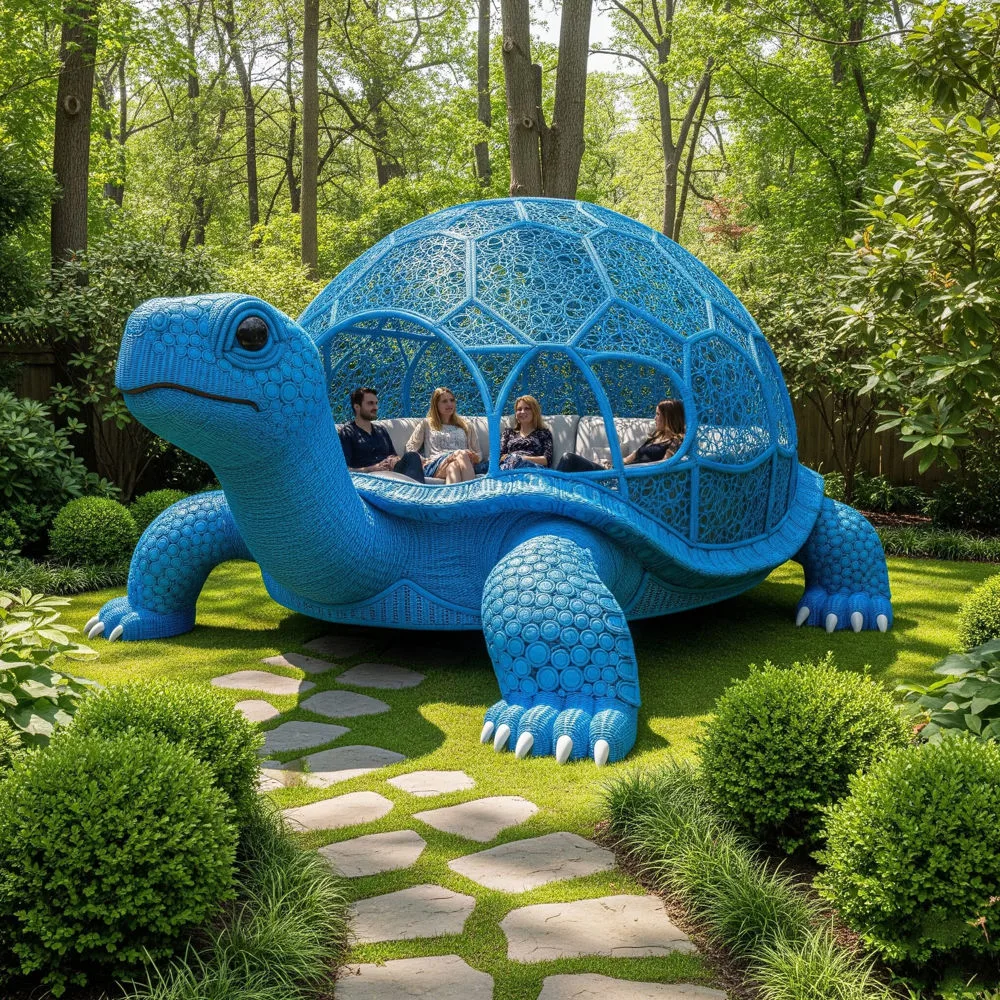
The trend toward themed outdoor furniture has gained significant momentum in recent years, with property owners and designers seeking ways to create more engaging and Instagram worthy spaces. A giant turtle shaped seating area represents the perfect intersection of artistic expression and practical functionality, offering visitors a place to rest while simultaneously serving as an eye catching sculpture that enhances the overall aesthetic of any outdoor environment.
These creative seating solutions have become particularly popular in children’s play areas, botanical gardens, zoo exhibits, and residential properties where homeowners want to create a distinctive outdoor experience. The appeal lies not only in the visual impact but also in the interactive nature of the seating, encouraging users to engage with their environment in new and playful ways.
Design Concepts and Creative Variations
Traditional Turtle Shell Seating
The most common approach to creating a giant turtle shaped seating area involves designing a large turtle shell structure that serves as the primary seating surface. This design typically features a curved, dome like shell with built in seating areas around the perimeter or integrated bench seating that follows the natural contours of the turtle’s body. The shell can be crafted from various materials including concrete, fiberglass, or sustainable composite materials, each offering different aesthetic and durability characteristics.
Multi Level Turtle Platforms
For larger installations, designers often create multi level turtle structures that provide various seating heights and configurations. These designs might include a main turtle body with smaller turtle offspring positioned around the perimeter, creating a family scene that offers diverse seating options. The varying heights accommodate different user preferences and accessibility requirements while maintaining the cohesive turtle theme throughout the entire seating area.
Interactive Turtle Playgrounds
Some giant turtle shaped seating areas incorporate interactive elements that blur the line between furniture and playground equipment. These designs might include climbing features on the turtle’s shell, slide elements incorporated into the design, or interactive water features that simulate a turtle’s natural habitat. Such installations are particularly popular in public parks and recreation areas where engaging multiple age groups is a priority.
Materials and Construction Considerations
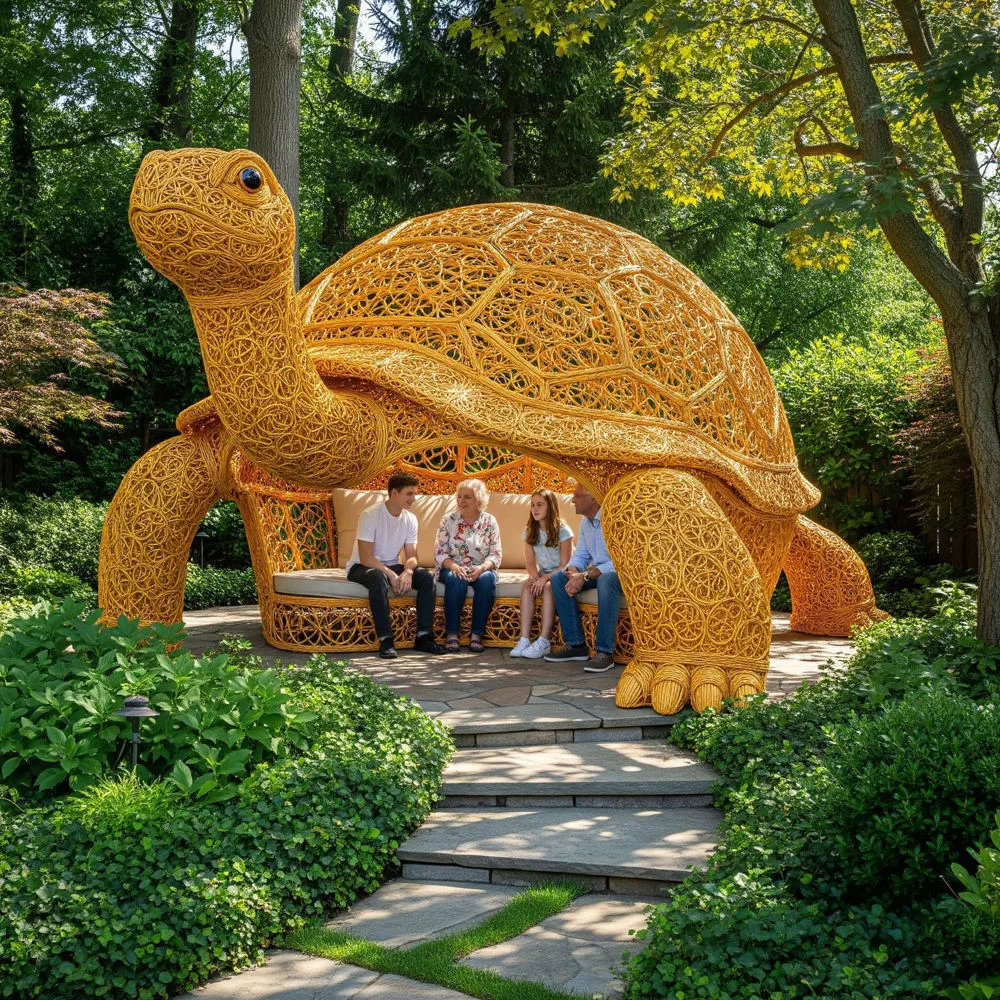
Durability and Weather Resistance
When planning a giant turtle shaped seating area, selecting appropriate materials is crucial for ensuring longevity and user safety. Concrete remains one of the most popular choices due to its durability, moldability, and ability to withstand various weather conditions. High density foam concrete can be sculpted into intricate turtle features while maintaining structural integrity over time.
Fiberglass offers another excellent option, particularly for projects requiring lighter weight construction or more detailed surface textures. Modern fiberglass formulations provide excellent UV resistance and can be finished with gel coats that resist fading and weathering. For projects prioritizing sustainability, recycled plastic lumber and composite materials offer environmentally friendly alternatives that maintain their appearance and structural properties for decades.
Surface Treatments and Finishes
The surface treatment of a giant turtle shaped seating area significantly impacts both its visual appeal and user comfort. Textured finishes can simulate realistic turtle shell patterns while providing enhanced grip and slip resistance. Anti graffiti coatings help maintain the installation’s appearance in high traffic public areas, while specialized concrete sealers protect against moisture penetration and freeze thaw damage in colder climates.
Color selection plays a vital role in achieving the desired aesthetic impact. Natural earth tones create a realistic turtle appearance that blends harmoniously with landscape settings, while bright, vibrant colors can create a more playful, cartoon like appearance that appeals particularly to younger users. Some installations incorporate multiple color schemes or patterns that change across different sections of the turtle’s body.
Installation and Site Preparation
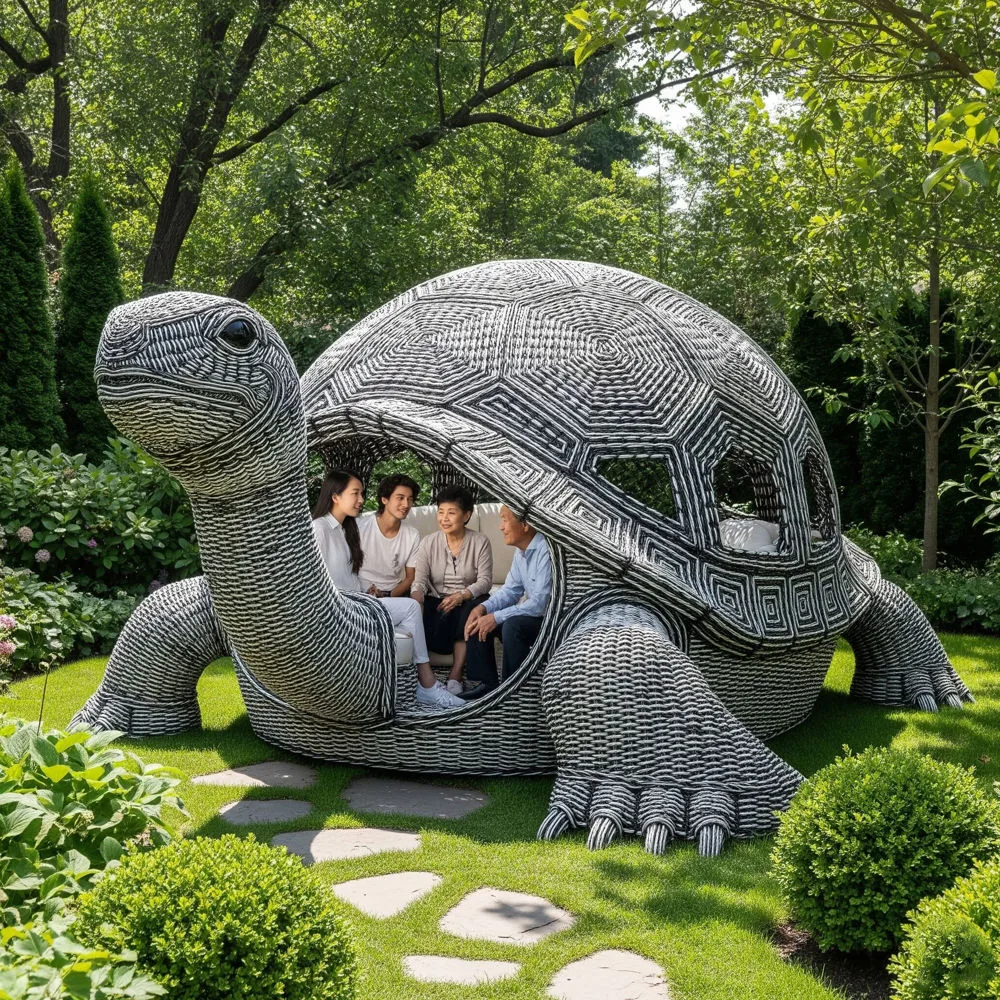
Foundation Requirements
Proper foundation preparation is essential for any giant turtle shaped seating area installation. The size and weight of these structures typically require concrete footings that extend below the frost line in colder climates. The foundation design must account for the distributed weight of the sculpture and accommodate potential settling without compromising structural integrity.
Drainage considerations are equally important, as inadequate drainage can lead to water pooling around the installation and potential frost damage. Installing proper drainage systems, including French drains or surface grading, helps ensure the longevity of both the seating area and surrounding landscape elements.
Accessibility and Safety Compliance
Modern giant turtle shaped seating area installations must comply with accessibility guidelines and safety standards. This includes ensuring appropriate approach paths, transfer surfaces for wheelchair users, and adequate spacing between seating elements. Safety considerations include smooth, rounded edges to prevent injury, appropriate seating heights, and slip resistant surfaces on all user contact areas.
Creative Applications and Settings
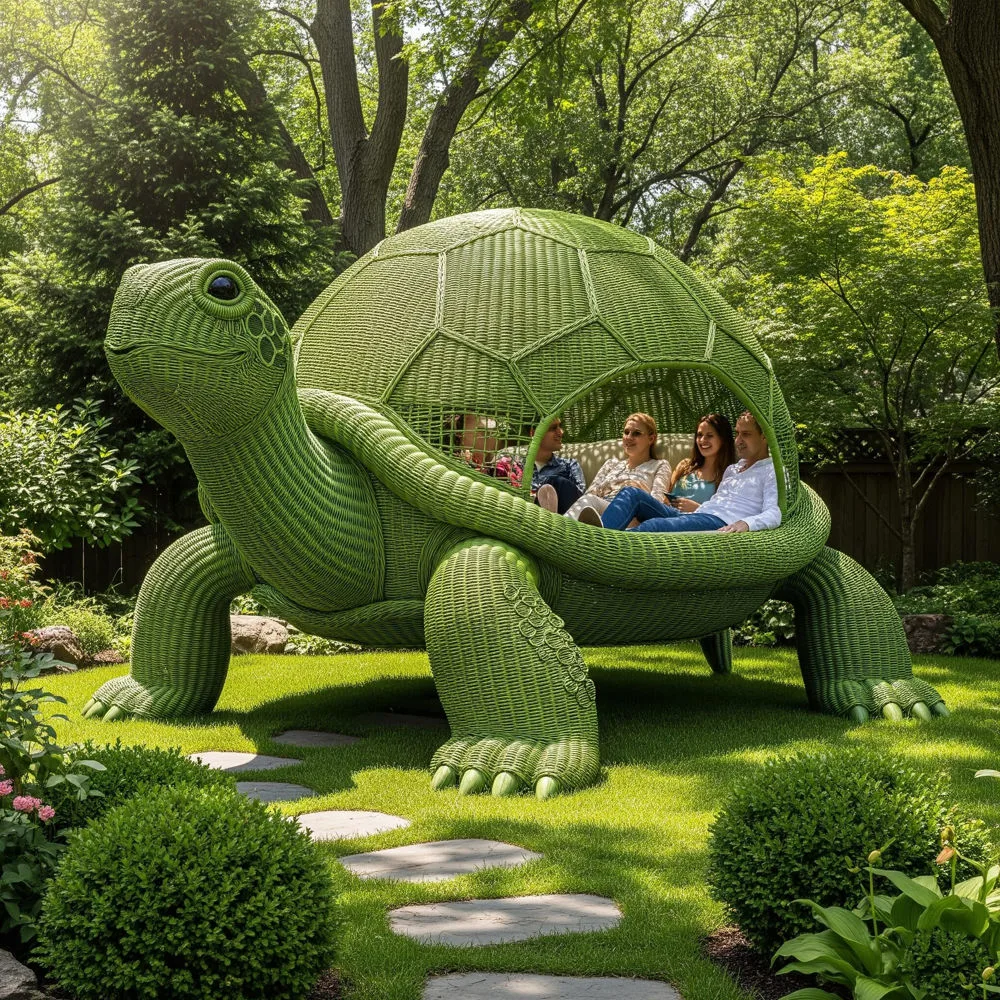
Public Parks and Recreation Areas
Public parks represent ideal locations for giant turtle shaped seating areas, where they can serve as both functional seating and artistic landmarks. These installations often become focal points for community gatherings, photo opportunities, and educational programs about wildlife conservation. The interactive nature of turtle themed seating encourages visitors to spend more time in the park while providing comfortable rest areas throughout the facility.
Educational Institutions
Schools and universities increasingly incorporate themed seating areas into their outdoor learning environments. A giant turtle shaped seating area can serve as an outdoor classroom element, providing seating for environmental education programs while reinforcing lessons about reptile biology and habitat conservation. The engaging design helps maintain student interest while creating memorable learning experiences.
Residential Landscape Design
Homeowners seeking distinctive outdoor features are increasingly incorporating smaller scale turtle shaped seating into their landscape designs. These residential installations often serve as conversation pieces while providing functional seating for outdoor entertaining. The turtle theme can be integrated with water features, garden elements, and natural landscaping to create cohesive outdoor living spaces.
Commercial and Hospitality Applications
Hotels, restaurants, and entertainment venues utilize giant turtle shaped seating areas to create memorable experiences for guests. These installations can reinforce brand identity, create social media worthy photo opportunities, and provide comfortable seating that encourages longer stays. The unique nature of turtle themed seating often becomes a talking point that enhances the overall guest experience.
Maintenance and Long Term Care
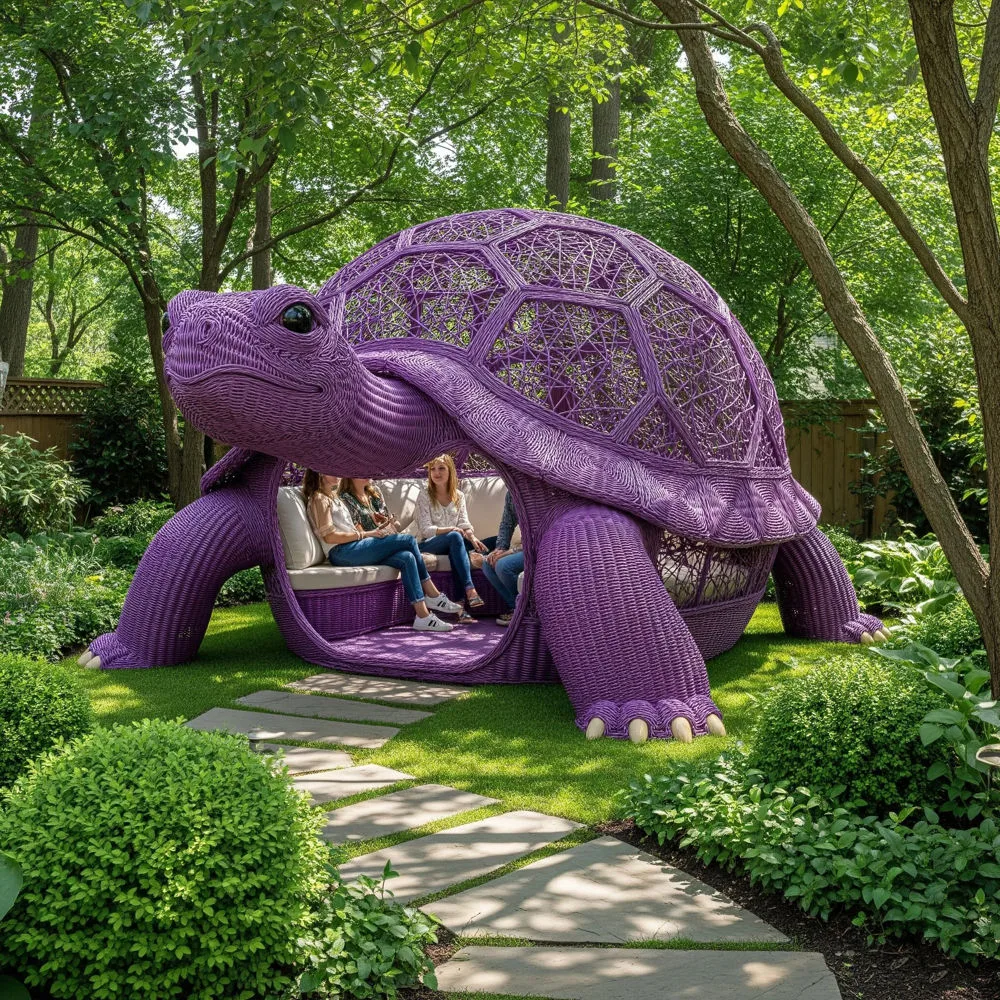
Routine Cleaning and Inspection
Maintaining a giant turtle shaped seating area requires regular cleaning and inspection to ensure continued safety and aesthetic appeal. Routine cleaning involves removing debris, treating stains, and applying appropriate cleaning products that won’t damage the surface materials. Regular inspection helps identify potential issues such as cracks, loose elements, or wear patterns that might require attention.
Seasonal Maintenance Requirements
Different seasons present unique maintenance challenges for outdoor turtle shaped seating. Winter preparations might include applying protective coatings, ensuring proper drainage, and removing snow loads that could cause structural stress. Spring maintenance often involves deep cleaning, inspecting for winter damage, and refreshing surface treatments as needed.
Repair and Restoration Techniques
Over time, even well constructed giant turtle shaped seating areas may require repairs or restoration. Common issues include surface wear, color fading, and minor structural damage from weather or heavy use. Many of these issues can be addressed through professional restoration techniques including surface refinishing, crack repair, and protective coating application.
Environmental Considerations and Sustainability
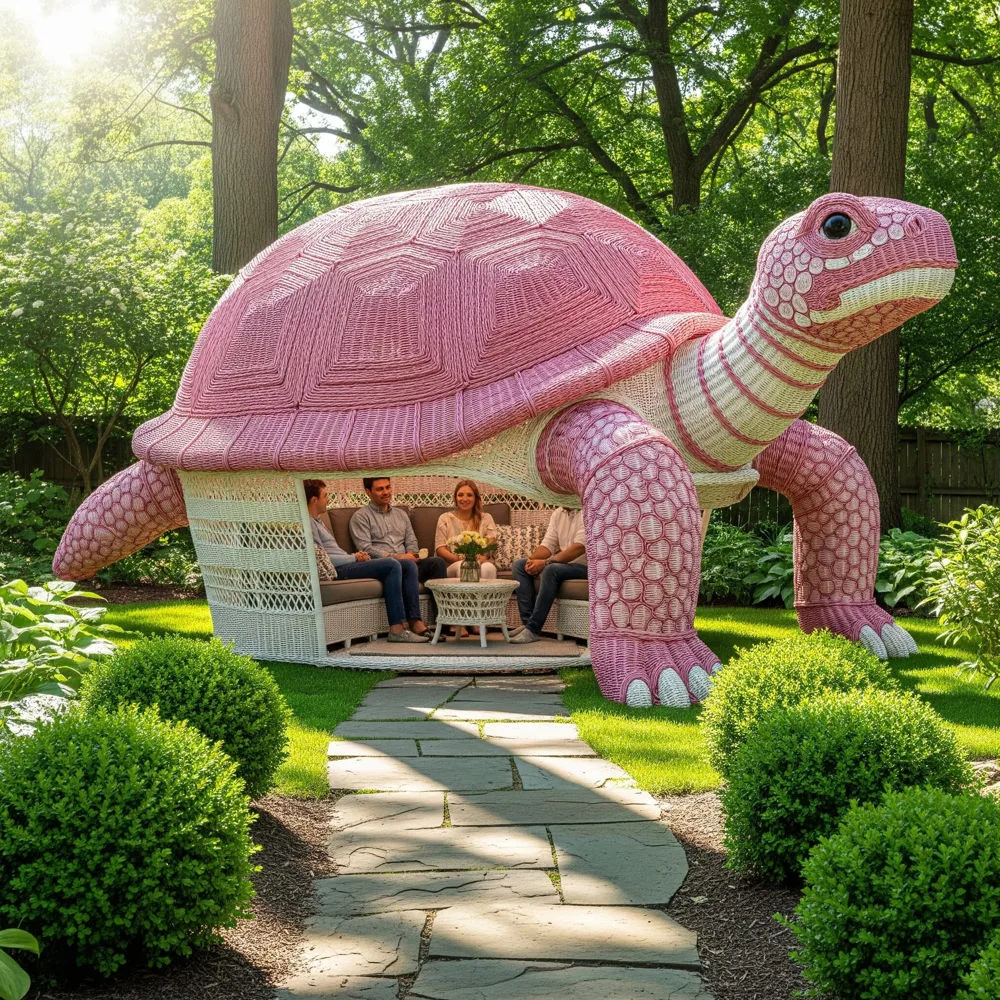
Eco Friendly Material Options
Modern giant turtle shaped seating area projects increasingly prioritize environmental sustainability through material selection and construction practices. Recycled materials, including recycled plastic lumber and reclaimed concrete, offer environmentally responsible options that maintain performance while reducing environmental impact. Some manufacturers now offer turtle shaped seating elements made entirely from recycled ocean plastic, creating a meaningful connection between the turtle theme and marine conservation.
Integration with Natural Landscapes
Thoughtful integration of turtle shaped seating with existing natural landscapes can enhance both the aesthetic impact and environmental benefits of the installation. Strategic placement near water features, native plant gardens, or wildlife viewing areas creates educational opportunities while demonstrating responsible landscape design practices. The turtle theme naturally complements aquatic environments and wetland educational settings.
Cost Considerations and Budget Planning
Initial Investment Factors
The cost of a giant turtle shaped seating area varies significantly based on size, materials, complexity, and installation requirements. Basic concrete installations might range from several thousand dollars for smaller residential installations to tens of thousands for large public installations with complex features. Custom fiberglass sculptures with detailed finishes typically command higher prices but offer greater design flexibility and potentially lower maintenance costs.
Long Term Value and Return on Investment
While the initial investment in a giant turtle shaped seating area may seem substantial, the long term value often justifies the expense. In public settings, these installations can increase property values, attract visitors, and generate positive community engagement. For commercial applications, unique seating features can differentiate businesses from competitors and create memorable experiences that encourage repeat visits.
Future Trends and Innovations
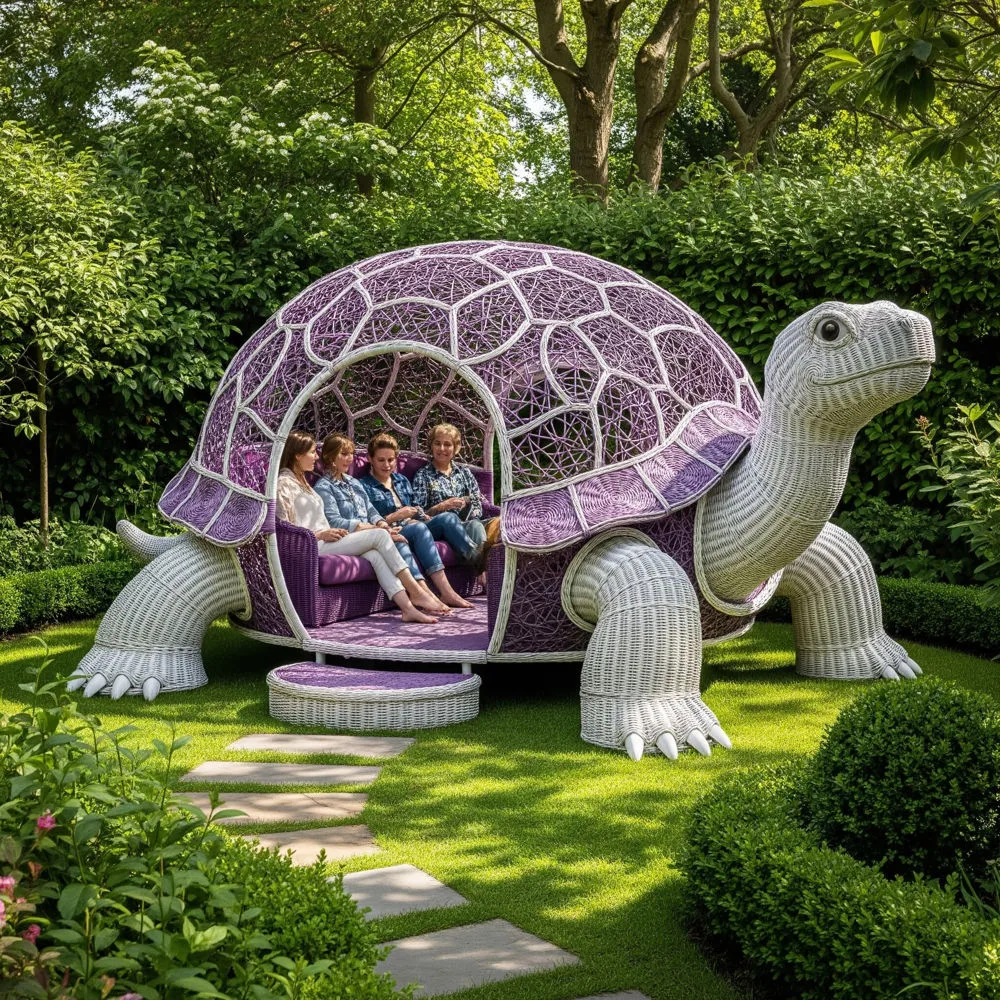
Smart Technology Integration
Emerging trends in outdoor furniture design include the integration of smart technology features into giant turtle shaped seating areas. Solar powered LED lighting systems can illuminate the installation during evening hours, while integrated USB charging ports allow users to power their devices. Some installations now include sensors that monitor usage patterns and environmental conditions, providing valuable data for maintenance planning and user experience optimization.
Adaptive and Modular Designs
Future turtle shaped seating installations are likely to incorporate more adaptive and modular design elements that allow for easy reconfiguration or expansion. Modular systems enable property owners to start with basic installations and add elements over time, while adaptive designs can accommodate changing user needs and accessibility requirements.
Creating a giant turtle shaped seating area represents an opportunity to transform ordinary outdoor spaces into extraordinary gathering places that inspire wonder and encourage social interaction. These unique installations combine artistic expression with practical functionality, creating focal points that appeal to users of all ages while enhancing the overall aesthetic and experiential quality of outdoor environments.
The success of any turtle shaped seating project depends on careful planning, appropriate material selection, and thoughtful integration with the surrounding environment. By considering factors such as durability, accessibility, maintenance requirements, and environmental impact, designers and property owners can create installations that provide years of enjoyment while serving as lasting contributions to their communities.
As outdoor spaces continue to evolve to meet changing user expectations and environmental challenges, giant turtle shaped seating areas offer a timeless solution that bridges the gap between functionality and imagination. Whether incorporated into public parks, educational institutions, residential landscapes, or commercial properties, these distinctive seating solutions create memorable experiences that connect people with their environment in meaningful and engaging ways.
The investment in a well designed giant turtle shaped seating area pays dividends through increased property appeal, enhanced user satisfaction, and the creation of spaces that people genuinely want to visit and enjoy. As we continue to seek ways to make our outdoor environments more engaging and sustainable, turtle themed seating represents a perfect example of how thoughtful design can create spaces that are both beautiful and functional, inspiring us to appreciate the natural world while providing comfortable places to rest and connect with others.

